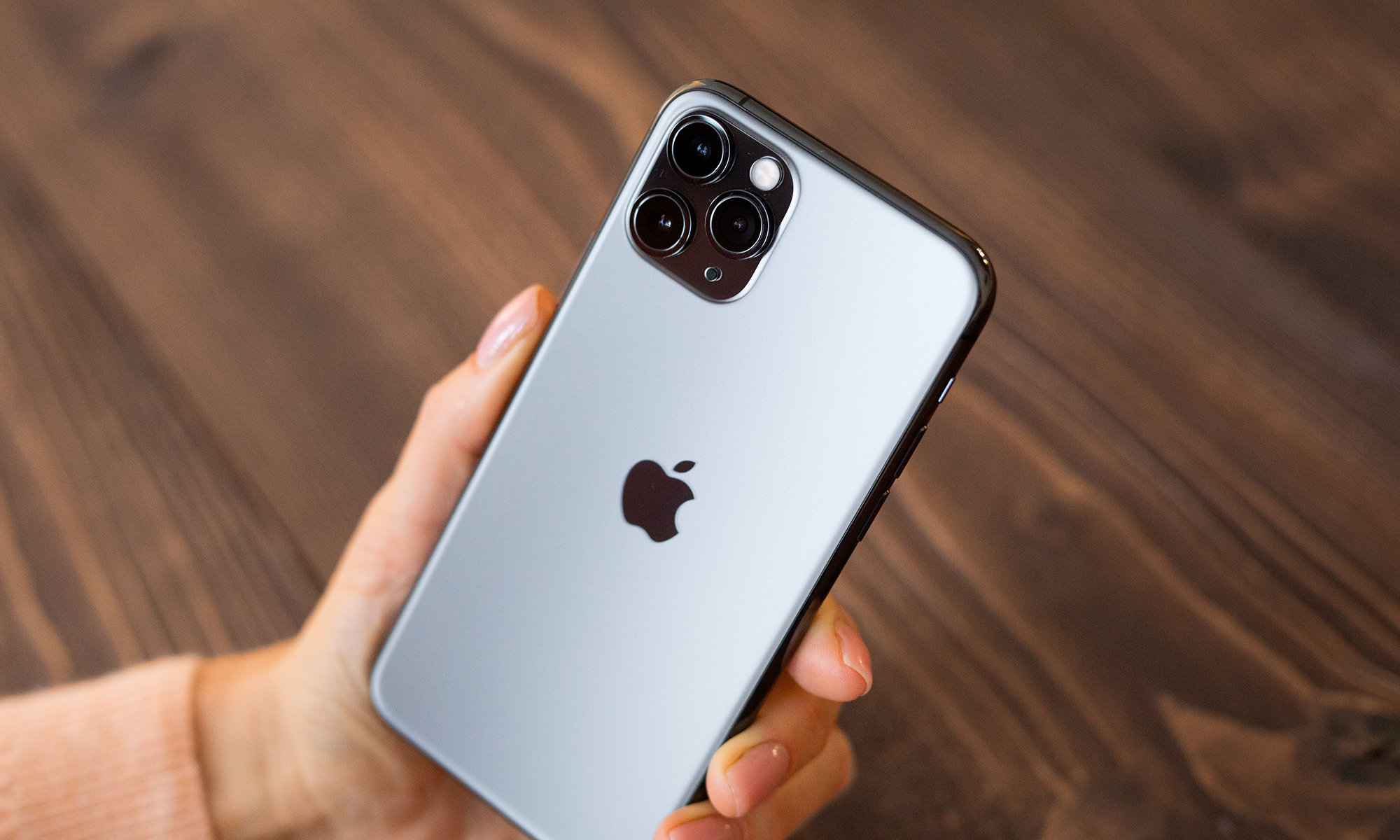Though it's cloaked in complex analyst lingo, Morgan Stanley analyst Katy Huberty has uncovered a simple way Apple (AAPL +0.54%) might be able to preserve its coveted profit margins after all: "Based on a 100M C2H13 unit build (vs. our current 77M) with 50% mix of a new low-priced iPhone at a $399 starting price point, we see 6% gross profit dollar and 10bps gross profit margin upside to our C2H13 model."
Translation: Cheaper iPhones may slightly boost profit margins while increasing absolute gross profit substantially.
The argument
Apple's definitely facing a gross profit margin problem. Investors are right to be concerned; gross profit margins are down a whopping 1,000 basis points from the year-ago quarter. But if Huberty is correct, the downward trend could soon be ending. Better yet, it could improve.
How? Even if Apple's gross profit margin on a cheaper iPhone is less than the gross profit margin on its full-priced iPhone, it will still likely have a much higher gross profit margin than Apple's other product lines. Lower-priced phones, of course, will increase sales -- especially in emerging markets like China, where more affordable options are making significant inroads. The result? Greater sales in Apple's highest-margin business.
Specifically, Huberty predicts that a $399 iPhone without a carrier subsidy would increase iPhone units sold by 30% for the second half of 2013, compared to her model that doesn't include a low-cost iPhone. Total revenue, therefore, would be 5% higher and total gross profit would increase 6%. Overall margins? They would see a paltry 0.1% bump -- but an increase nevertheless.
Another alternative
A report from Bloomberg that surfaced yesterday reveals yet another way Apple may advance in the Android-dominated emerging markets: An Apple endorsed trade-in program, in which customers can trade in their old iPhones at Apple stores to get credit toward purchasing a new one.
With a web-based recycling program already in place, trade-ins definitely aren't a new Apple phenomenon. In addition, companies like Amazon, Gazelle, and Brightstar eagerly pay large sums for used Apple products. But with trade-ins soon to be encouraged at Apple's own retail stores (if Bloomberg's sources are accurate), the company is now taking on this option as a primary strategy.
Bloomberg's unnamed source claims that these used iPhones will only be sold in emerging markets, giving it the double benefit of encouraging sales both in the U.S. (where new products will be cheaper due to the credit earned from an old phone trade-in) and in emerging markets (where used iPhones can be offered at a lower price, making them more accessible).
Accounting for approximately 53% of revenue, a boost in sales of Apple's iPhone segment would almost undoubtedly have positive impacts on the company's overall gross profit margin. Similar to Huberty's scenario outlined above, even if older model iPhones with lower prices grow as a percentage of sales, the segment's overall profit margin will likely still be significantly higher than the company average. Therefore, this scenario is likely to have a positive impact on the company's overall gross profit margin, too.
In fact, Huberty has predicted that Apple's recent price cuts on the iPhone 4 in some regions may actually boost company's overall gross margin this quarter by 0.3%. So this trade-in program could very well accelerate this trend in the future.
Google's success is Apple's opportunity
How, you ask? Google's Android mobile operating system captured about 75% of the global smartphone market in the first quarter, up from 59.1% in the year-ago quarter, according to IDC. Meanwhile, Apple's share declined from 23% to 17.3% in the same period. How did Android make such an impact so quickly? One obvious reason is the proliferation of low-cost smartphones running the Android OS. Apple investors could look at this in a negative light, or they could see Android's success as an opportunity: An opportunity for Apple to sell lower-cost iPhones and subsequently boost sales of its most profitable business segment. And as a nice bonus, a negative trend in the company's gross profit margin may stabilize or even improve.







